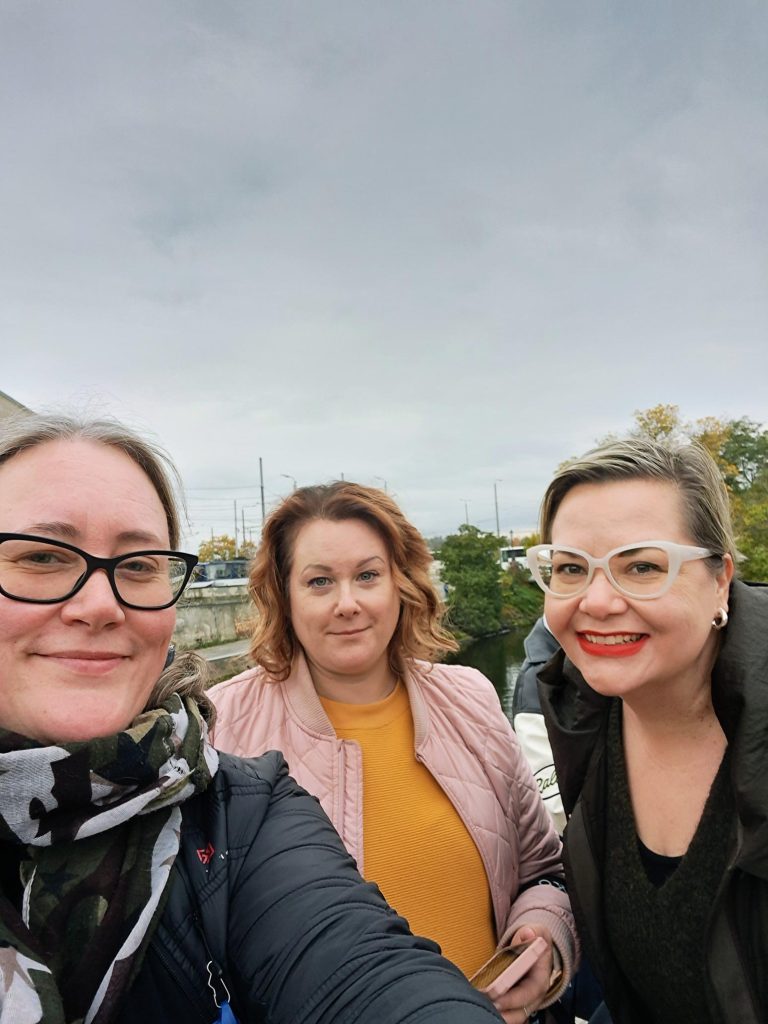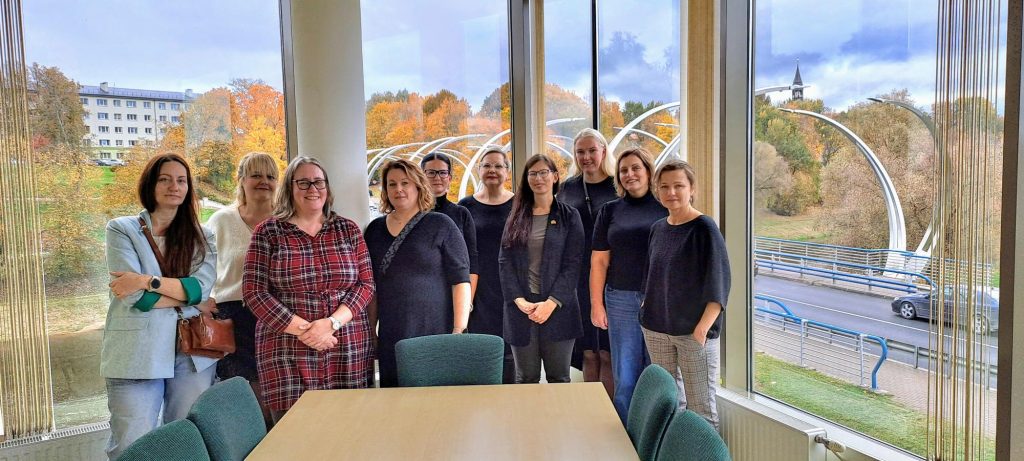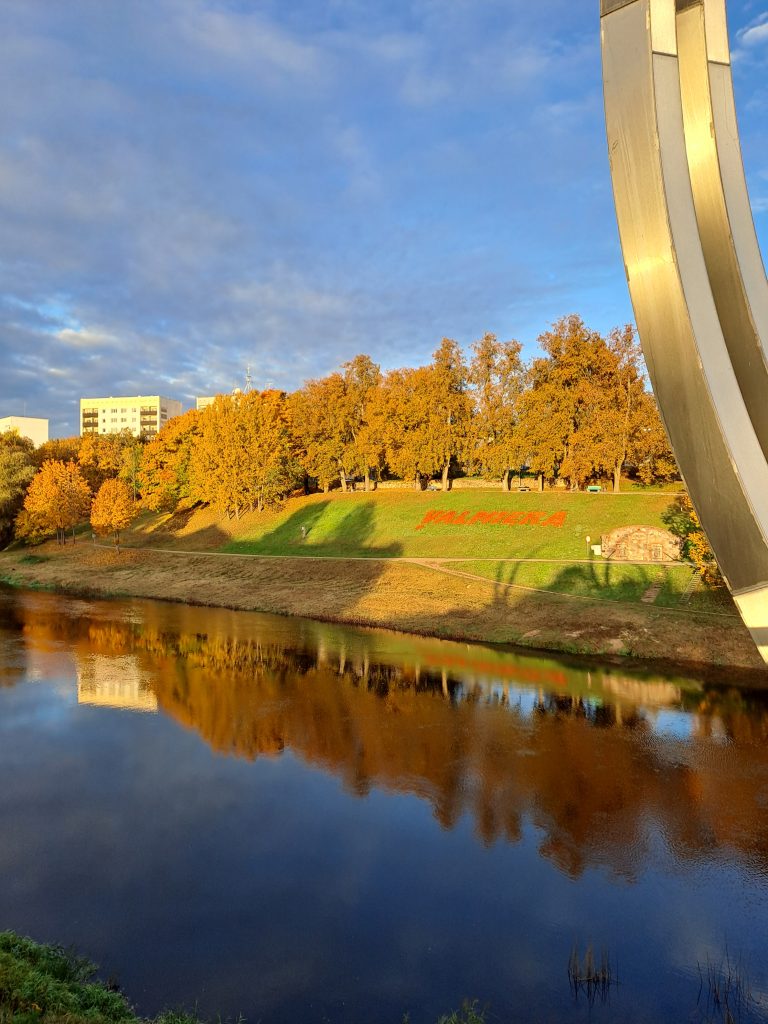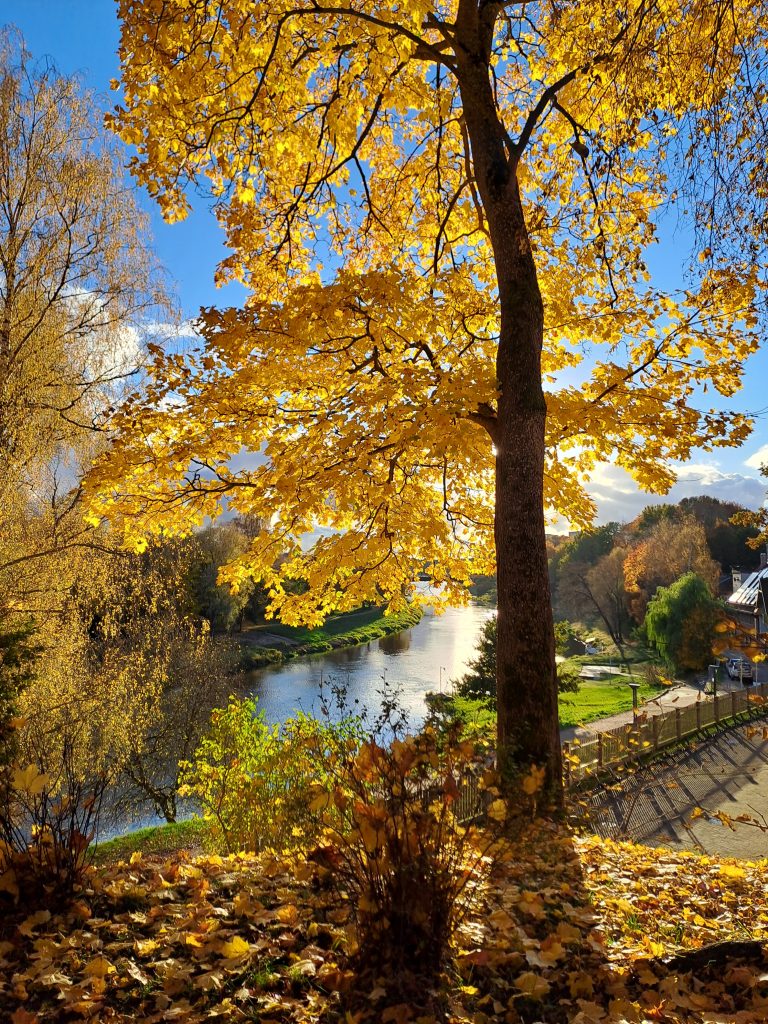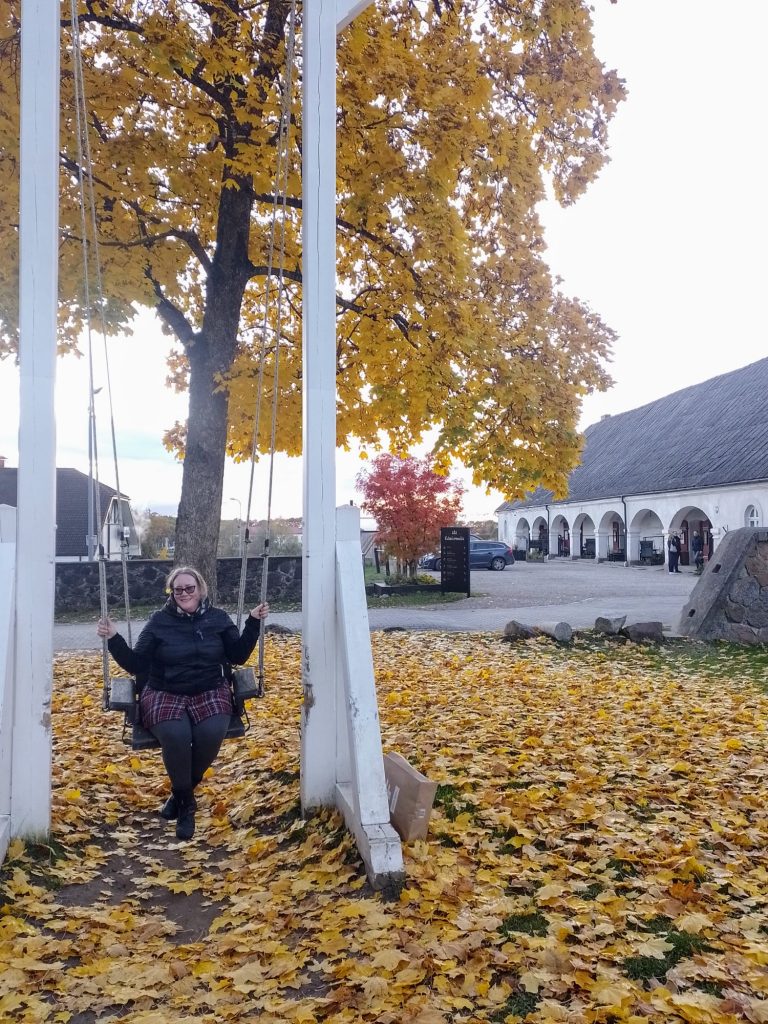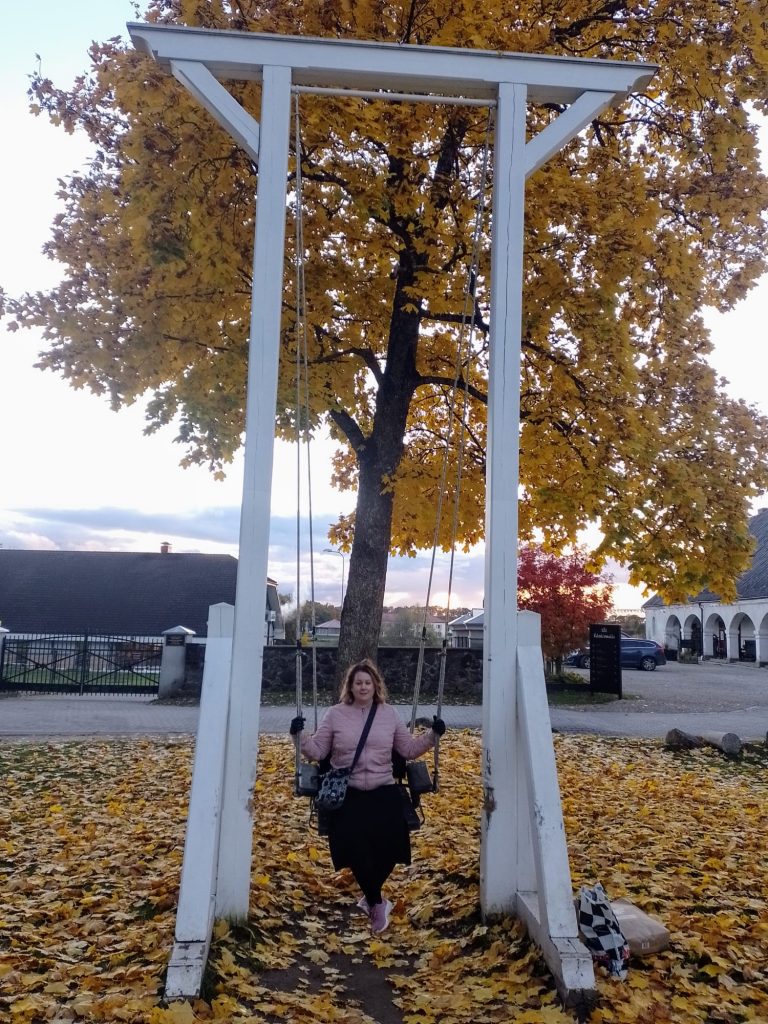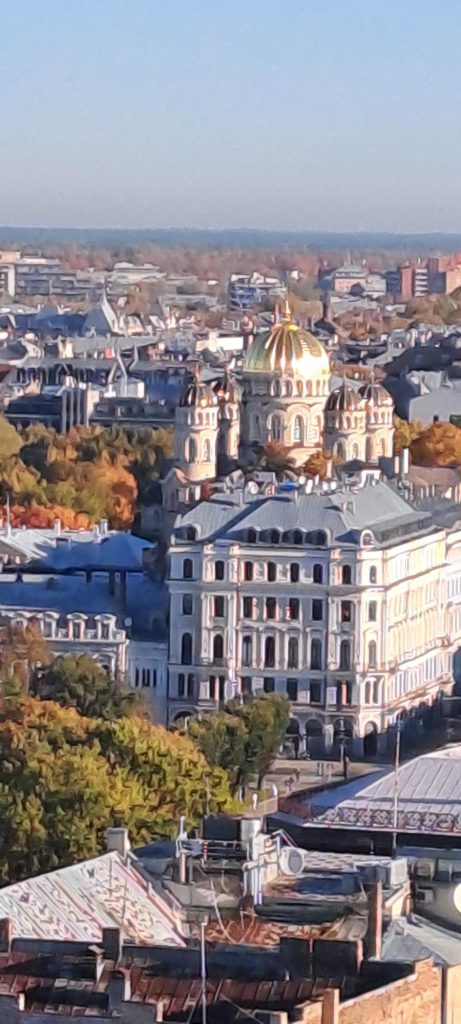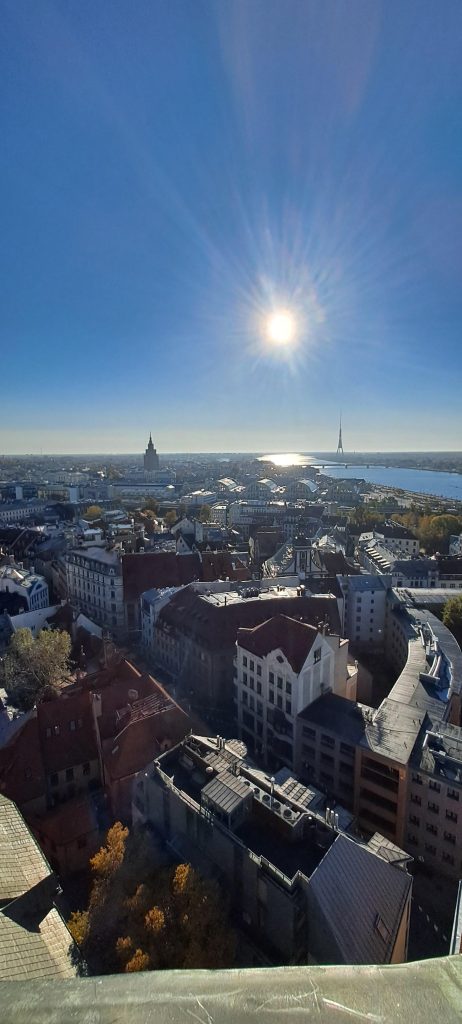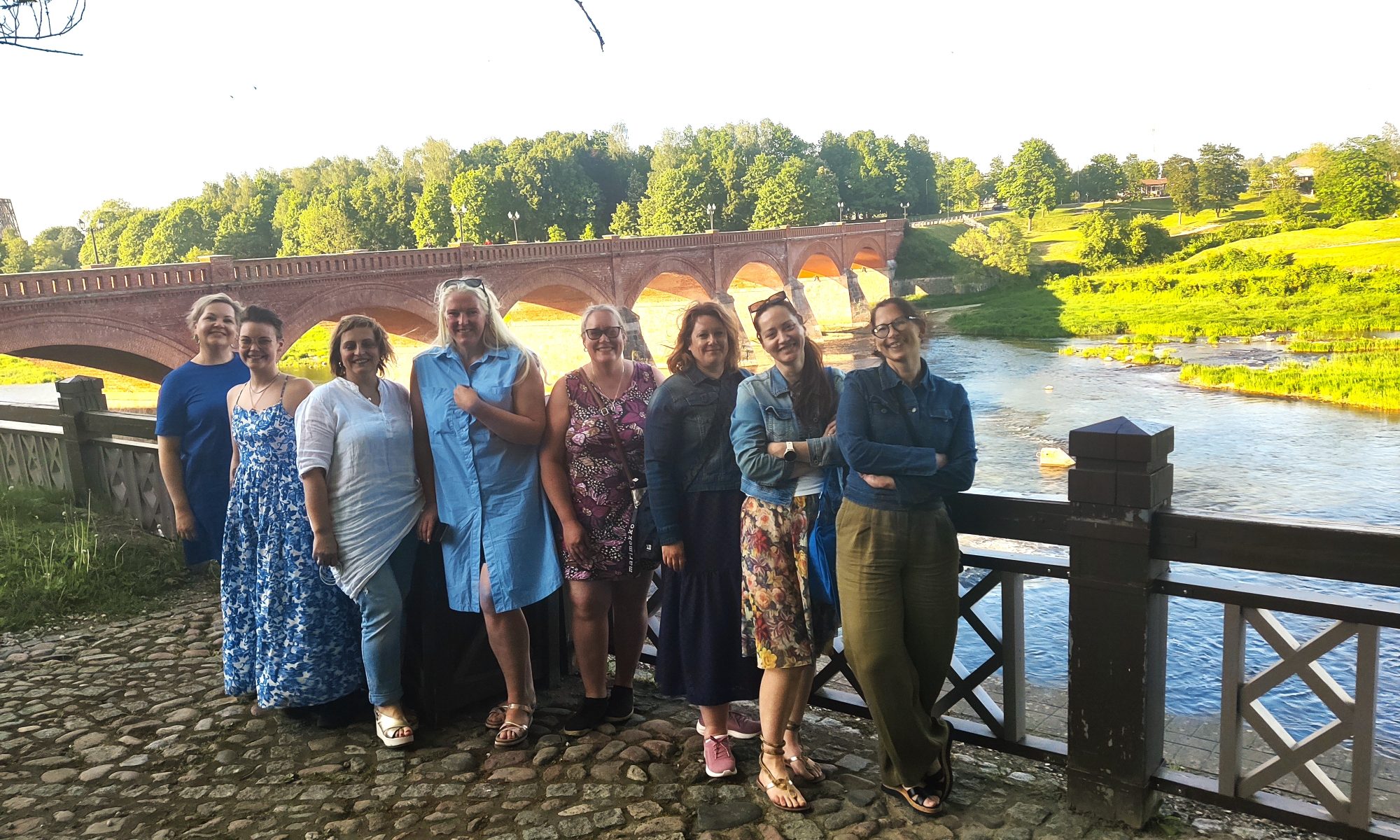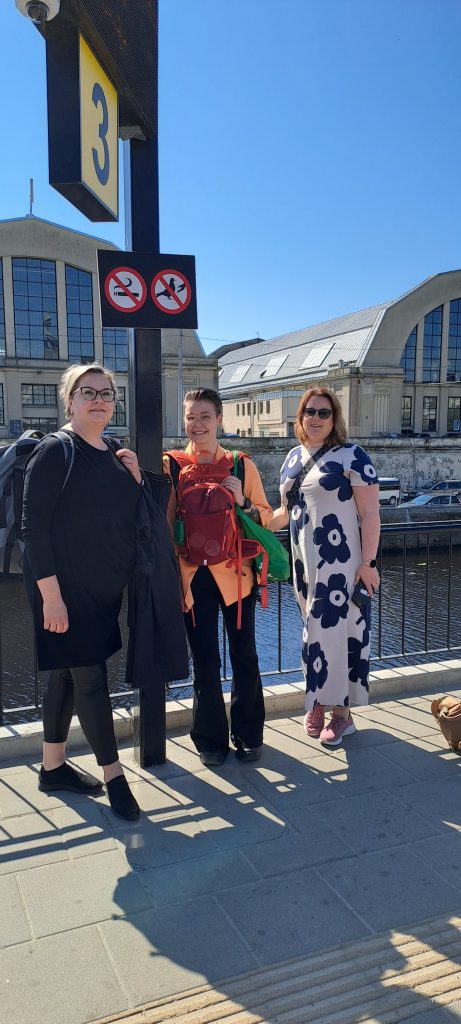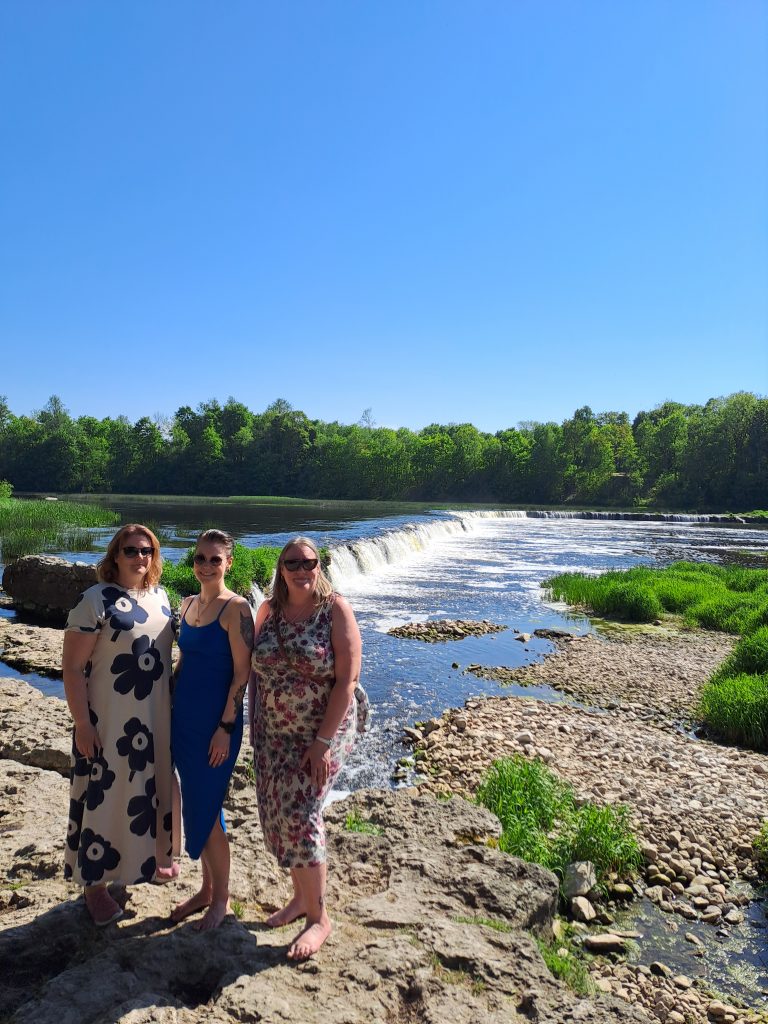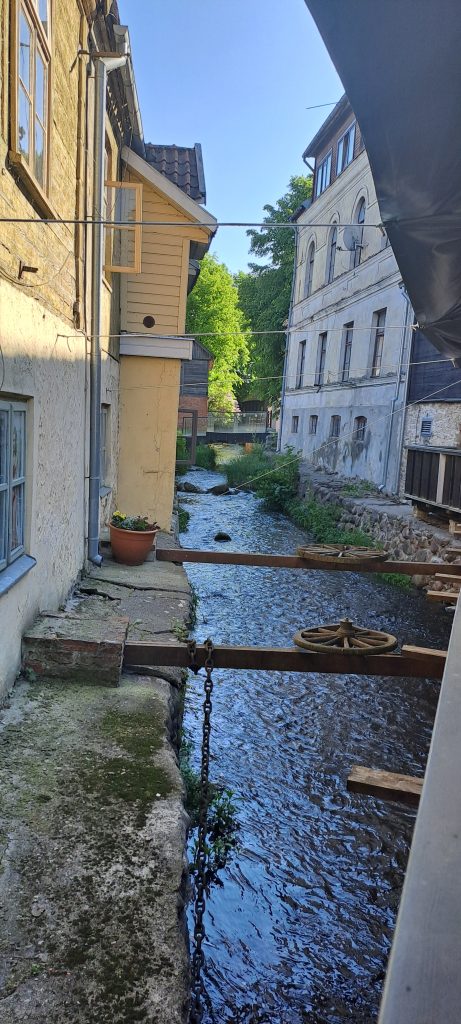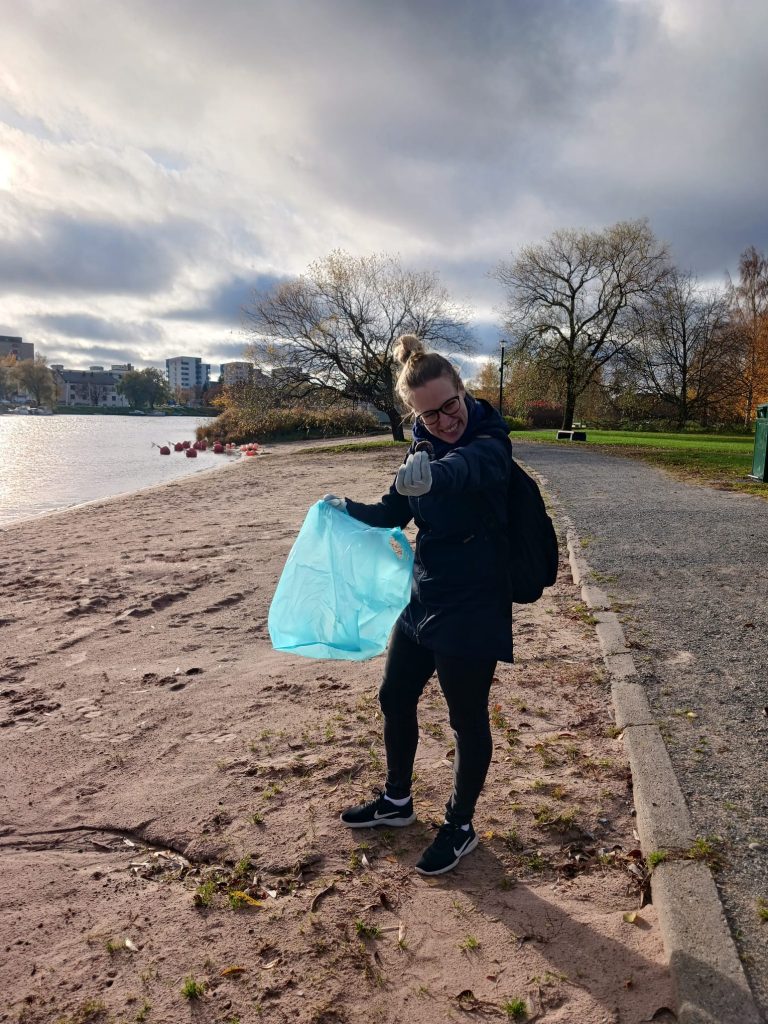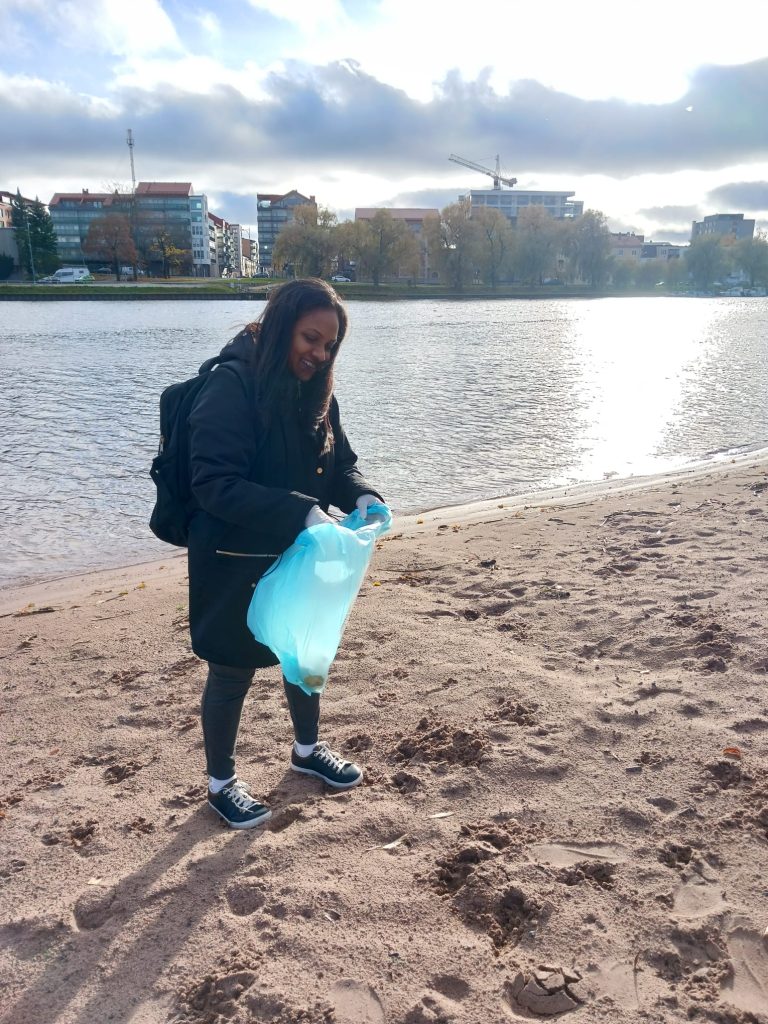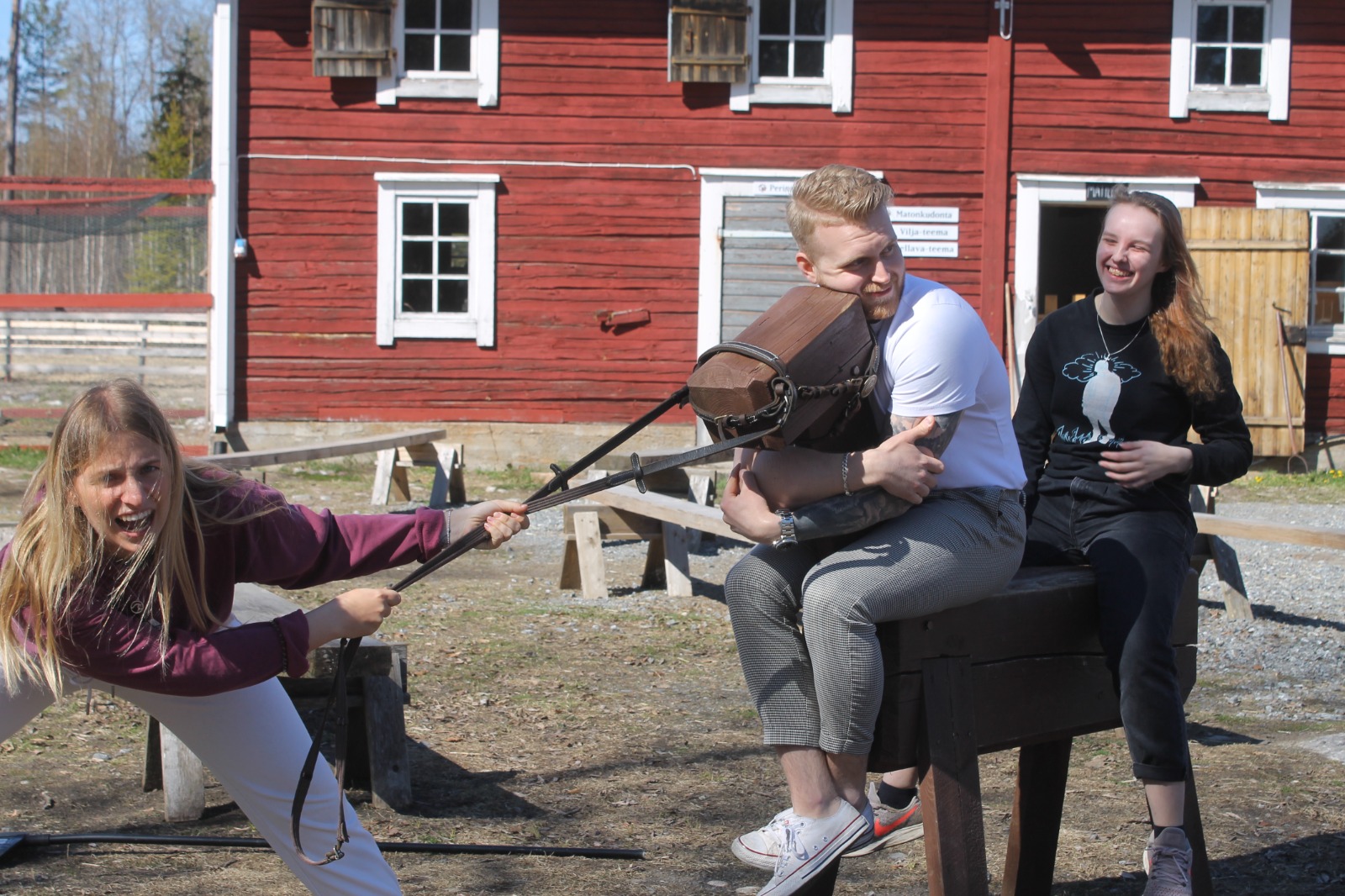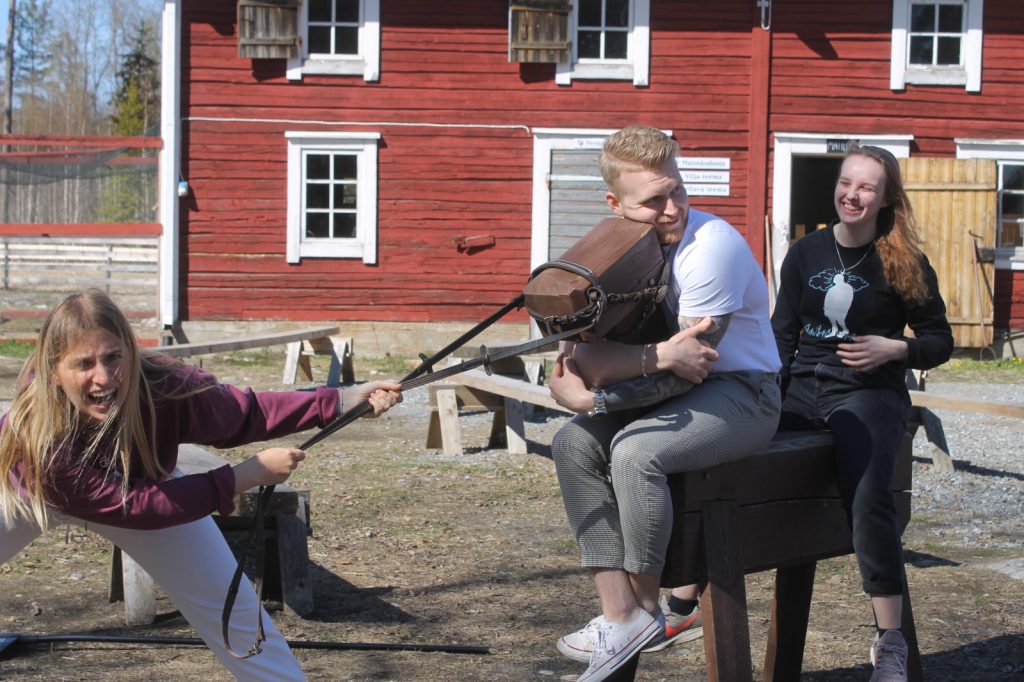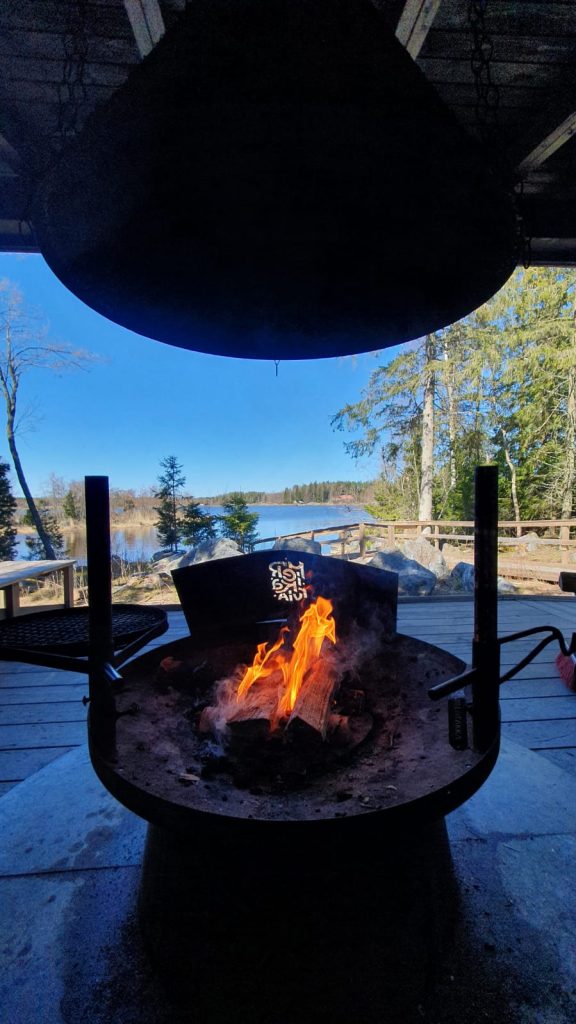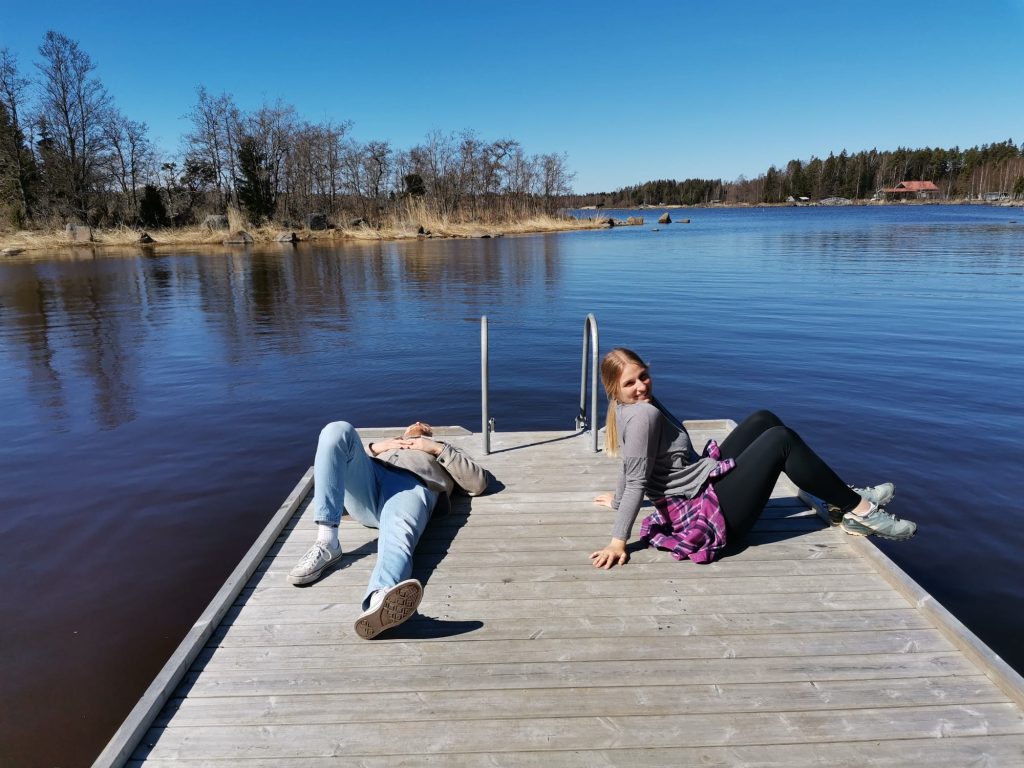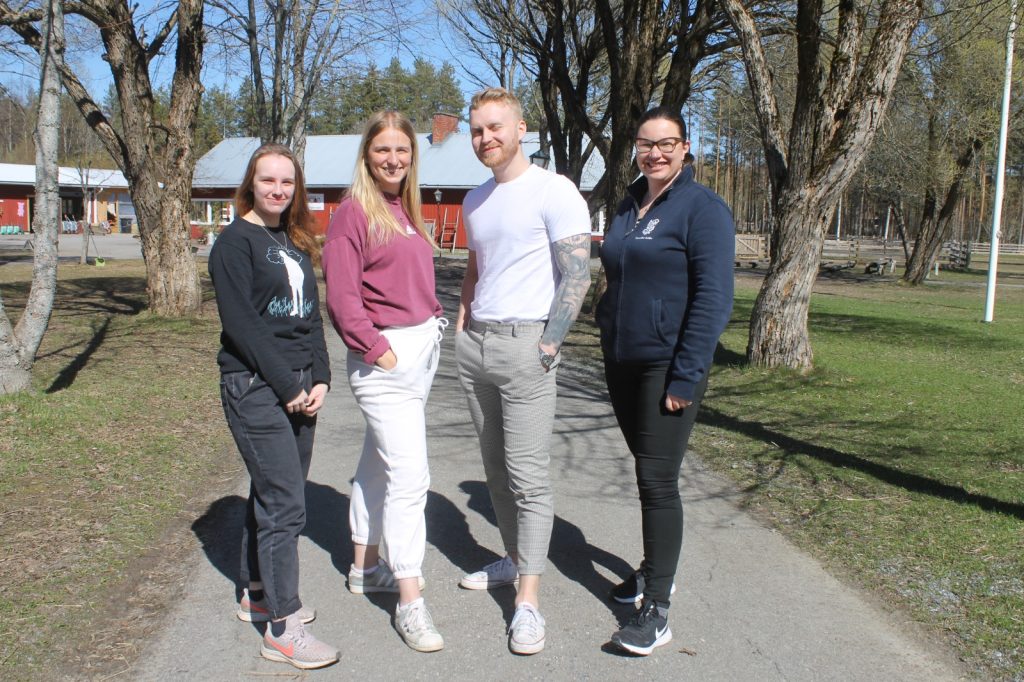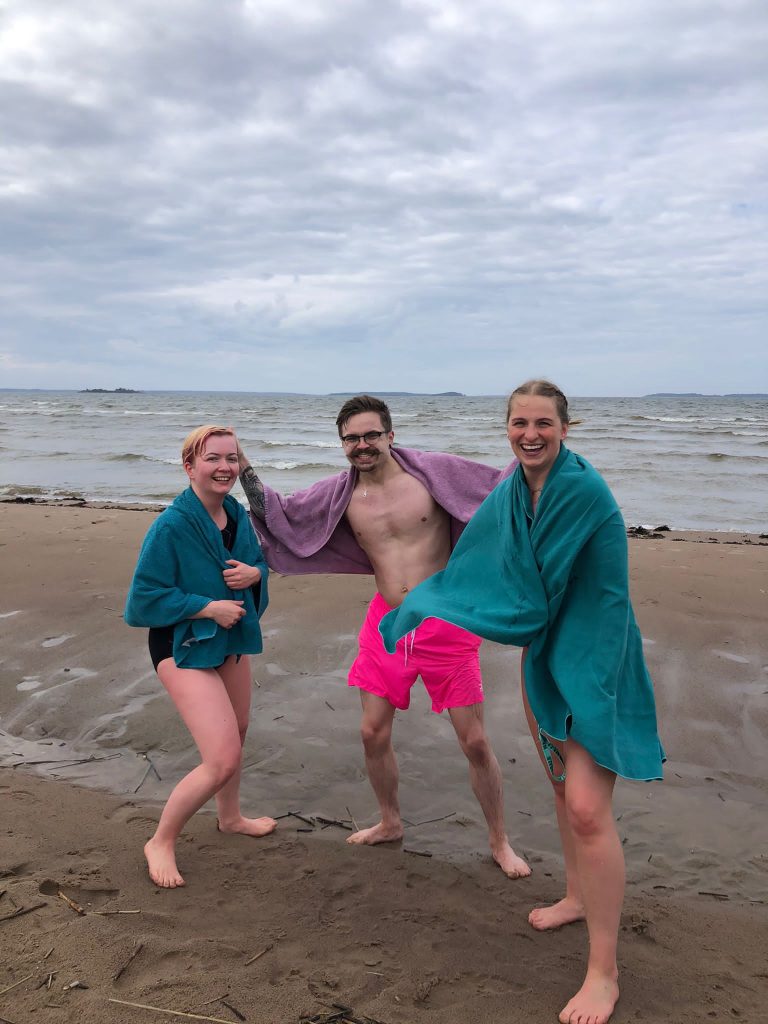Tour4Youth projekti on yhteishanke, jonka partnereina ovat Satakunnan Ammattikorkeakoulu, Vidzeme University of Applied Sciences, Kurzeme Planning Region ja Pärnumaa Vocational Education Centre. Interreg rakennerahasto mahdollistaa yli rajojen yhteistyön keskisen Baltian alueella ja vahvistaa verkostoa kuntien ja alueiden kesken. Tour4Youth tukee 15 – 24 vuotiaita nuoria uraohjauksen ja työmahdollisuuksien saralla matkailu-, ravitsemus ja majoitusaloilla.
Kaksi kolmesta SAMKin osallistujasta Tour4Youthin projektikokoukseen Pärnussa matkasi kaupunkiin ensimmäistä kertaa elämässään. Hyvä se oli kuuluisa kesäkaupunki kokea, vaikkakin hieman viileinä ja tuulisina kevätpäivinä! Vierailun tapaamispaikkana oli Pärnumaa Kutsehariduskeskus, joka on projektin virolainen partneri. Tässä ammattioppilaitoksessa opiskelee 1300 nuorta eri alojen ammattiopintoja.
Matka alkoi heti Satakunnan ammattikorkeakoululla järjestetyn tutustumispäivän jälkeen junalla Tampereen kautta Helsinkiin, sieltä laivalla meren halki Tallinnaan ja bussilla Pärnuuseen. Eli meille tuli lentävä lähtö, vaikkemme lentokoneella tällä kertaa matkustaneetkaan.
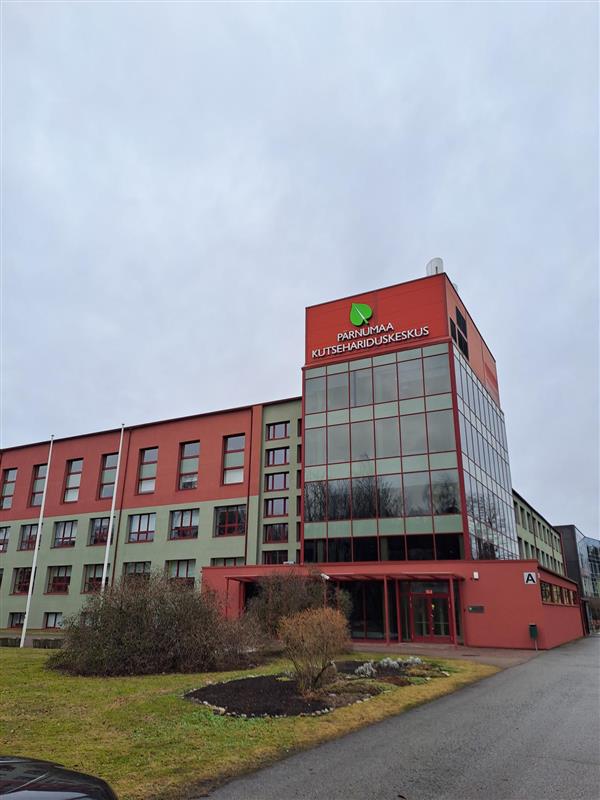

Tour4Youth toimii matkailu-, majoitus- ja ravintola-alan nuorten parissa, ja olikin upeaa, kuinka alan opiskelijat olivat sekä valmistaneet että tarjoilivat meille herkulliset ruoat. Sillä sitä ne olivat, erinomaista ruokaa ystävällisen ammattimaisesti tarjoiltuna. Voisi sanoa, että nämä lounaat olivat kokousmatkan parasta antia, sillä se ylpeys, ilo ja oppiminen, mikä nuorista eri tilanteissa huokui, on juuri sitä, mitä nuorten osaamisen ja työllistymisen edistämiseen keskittyvä Tour4Youth tavoittelee – voimaantumista.
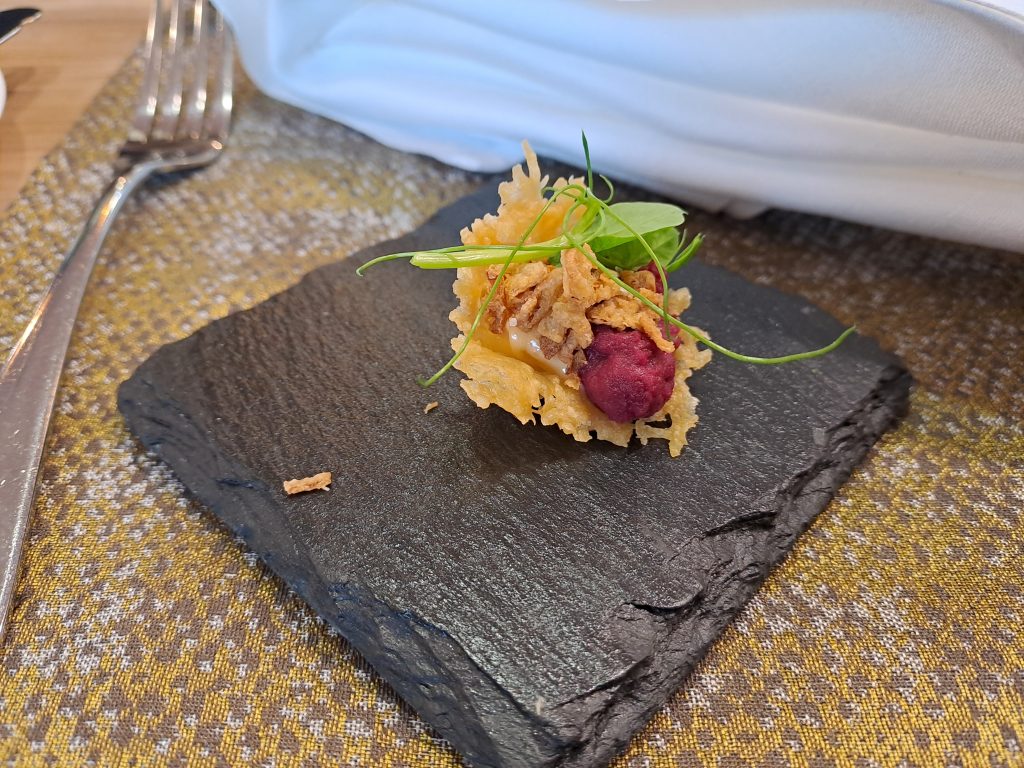
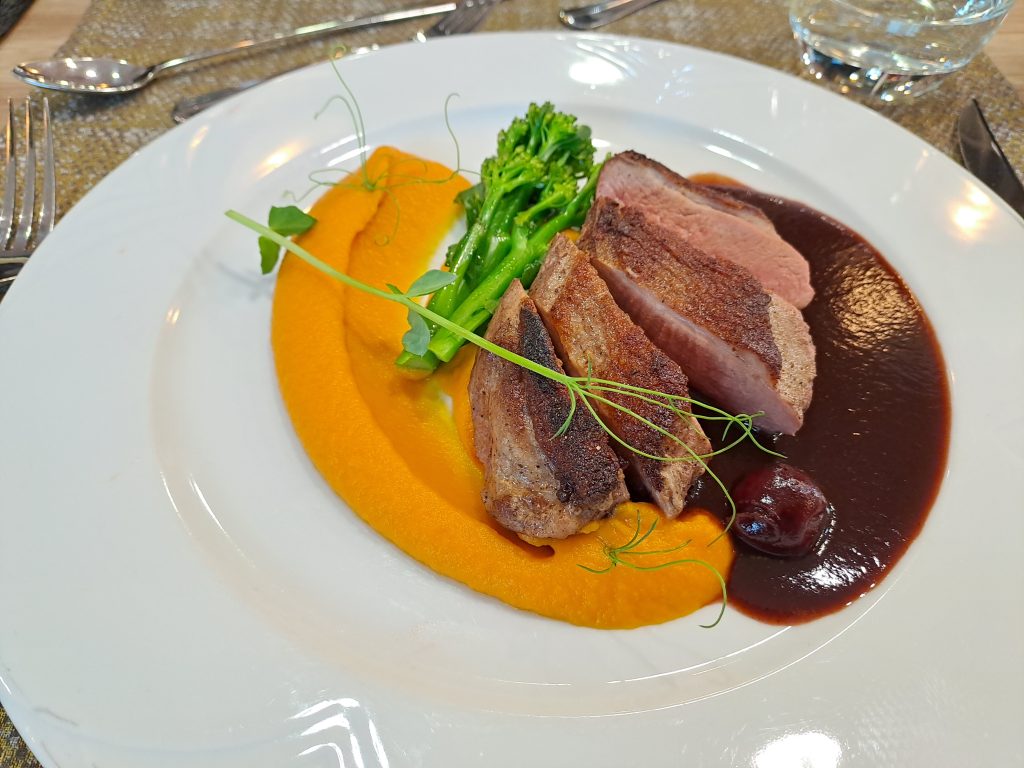
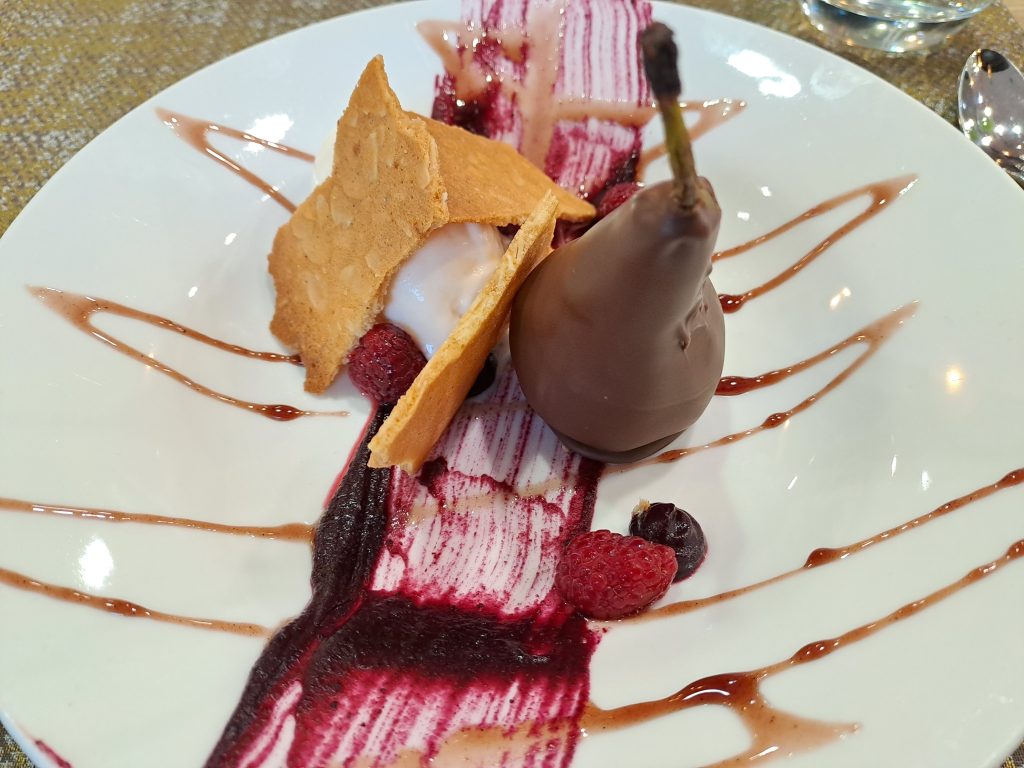
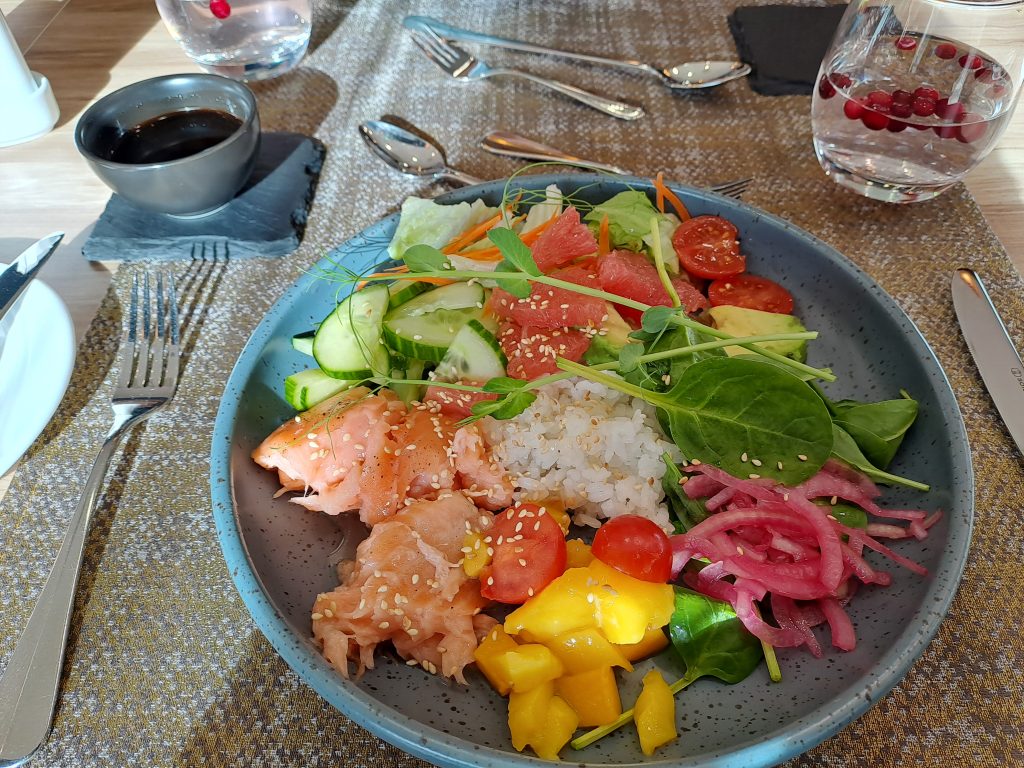
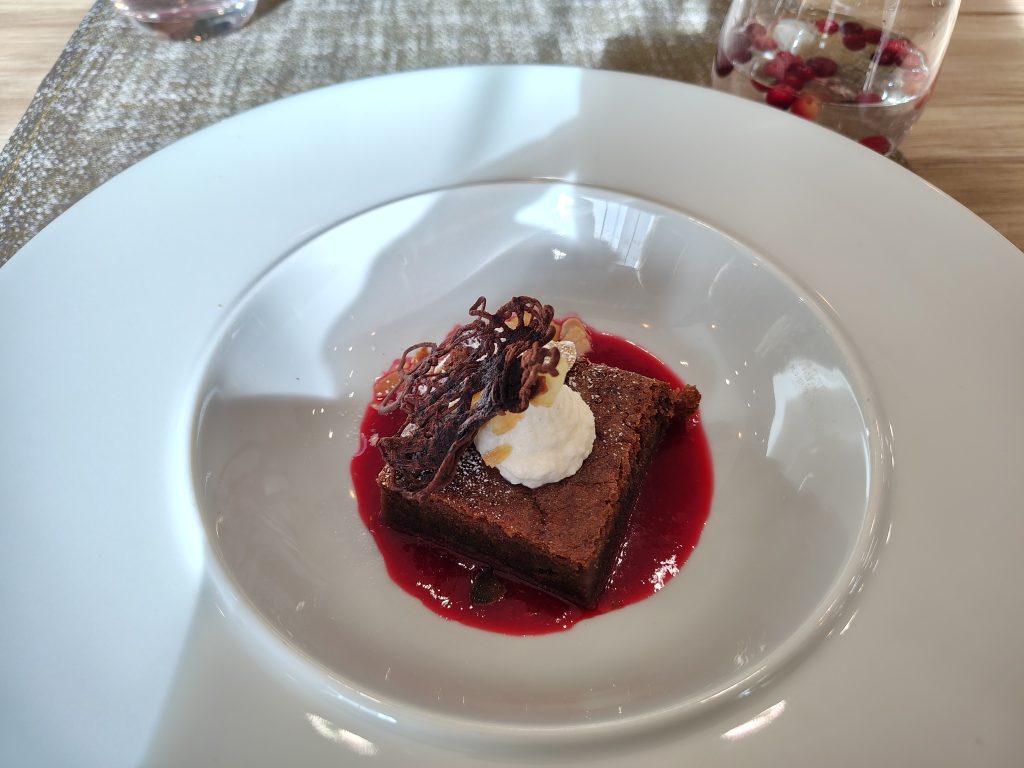
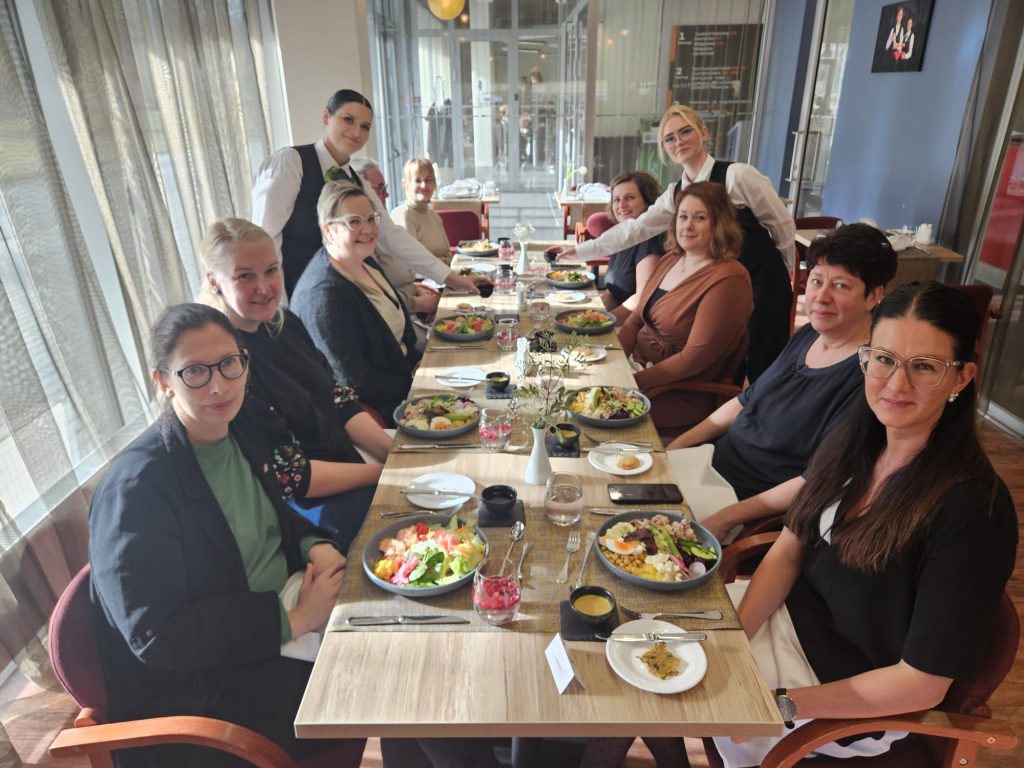
Pärnun kuuluisa ranta oli vielä kylmä maaliskuisessa säässä, mutta rannan promenadit, rannan laajuus, meren upeus ja kaikkialla leijuva kesää odottava tunnelma antoi ymmärtää, kuinka eläväinen kaupunki Pärnu kesällä on. Kaksi projektin lähempänä Raumaa elävät työntekijät kävivät fiilistelemässä myös Raumalta lähtöisin olevassa Steffani pizzeriassa muistojaan nuoruusvuosilta, he tosin tunsivat paikan nimellä La Bamba. Edelleen herkullisia pizzoja, ja paikka oli suosittu myös Pärnussa.
Pärnun läpi virtaa samanniminen joki Pärnunlahteen Itämerellä. Kaupunki mainitaan historiankirjoissa jo 1200 luvulla, ja kylpyläkaupungiksi se alkoi kehittyä 1800 luvun alkupuoliskolla. Katuja astellessa matkailijoille tulikin hieman kotoisa olo, onhan Satakunnassa Rauma myös rannikon tuntumassa ja on kesäkaupunki, vaikkei kylpylää olekaan. Porin Yyterin hiekkaranta oli hyvin samanlainen verrattuna Pärnun rantamaisemaan. Kaikilla kaupungeista on myös vanha kaupunginosa, jota onneksi myös Pärnussa oli ihailtavana, ja Vanhan Rauman tapaan täälläkin löytyi putiikkeja, kahviloita ja ravintoloita vanhasta kaupungista.
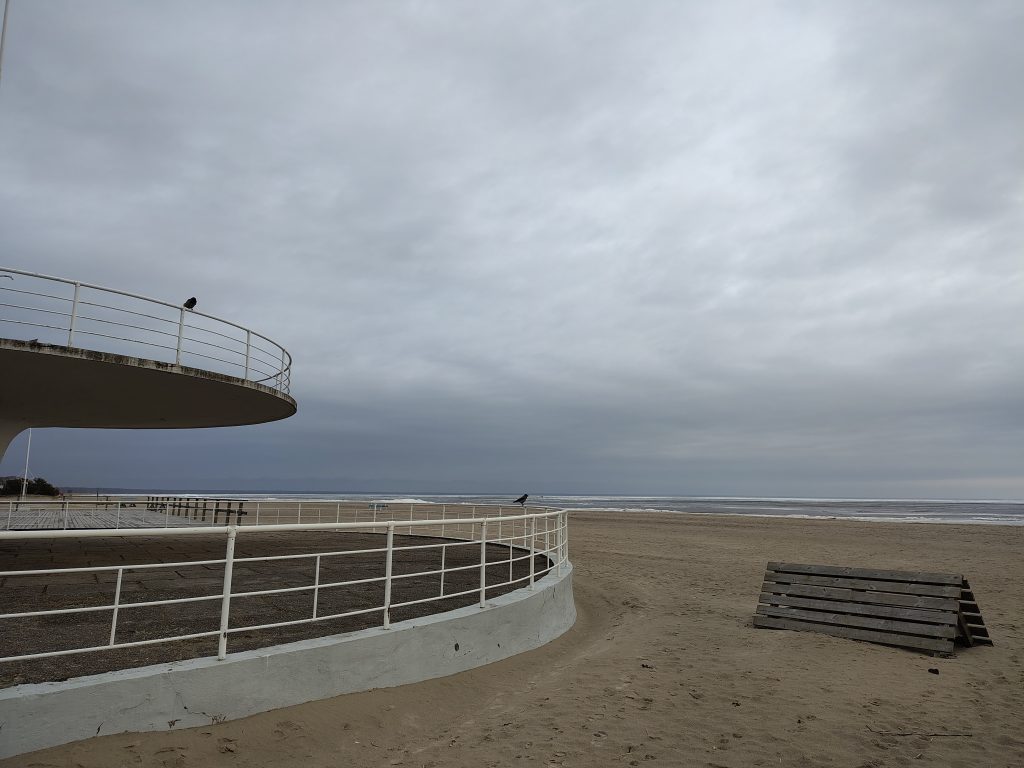

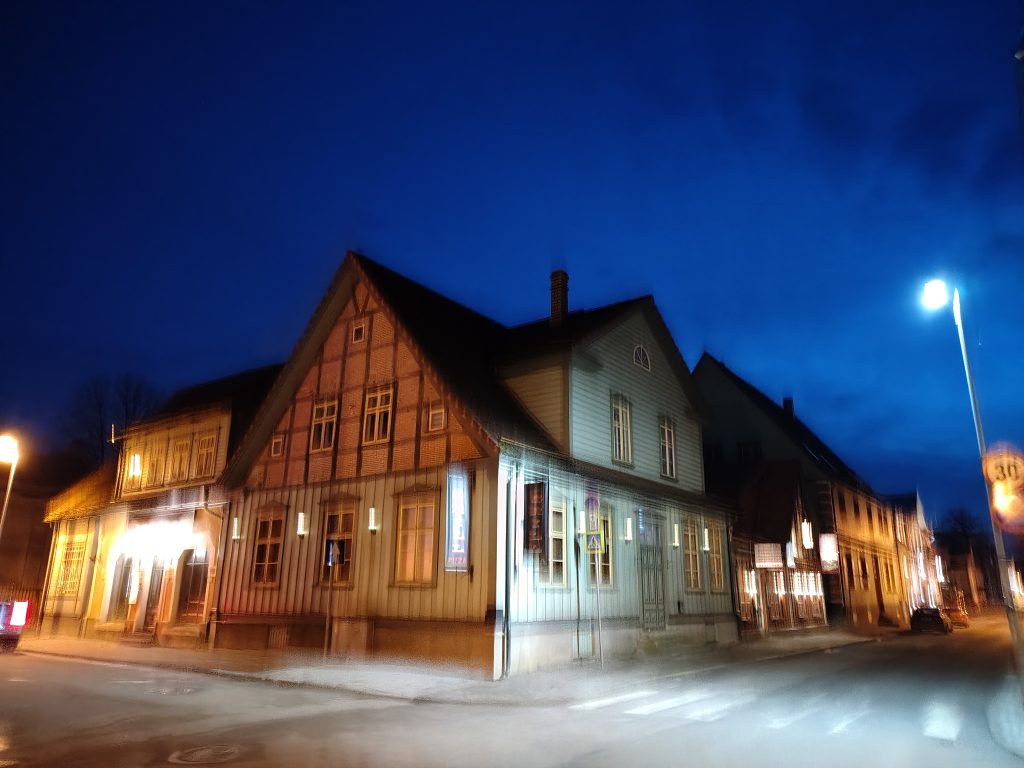
Keskustan ravintolatarjonta oli erinomaista sekin, eli vahva suositus Pärnulle matkakohteena meiltä! Kaupunki tarjoaa rantaelämän lisäksi paljon kylpyläpalveluita, jotka ovat suosittuja matkailijoiden keskuudessa. Myös 2/3 matkaisista kävi tutustumassa hotellimme kylpylään, kävi suolasaunassa, niin sanotussa savusaunassa (joka oli sisustettu sinne päin, mutta oli sähkösauna), ja yksi jopa kokeili kellumista Kuolleen meren suola-altaassa. Kylläpä tuntui iho pehmeältä sen jälkeen! Suolavedessä kellumista on jo entisaikoihin pidetty nuoruuden ja terveyden lähteeksi. 15 – 25 minuuttia suola-altaassa vaikuttaa kehoon tervehdyttävästi, kertoo kylpylän sivut.
Maaliskuun säät olivat jo keväiset, mutta silti kesäisen lämmön uupuessa, tuli ajatus, josko pitäisi mennä uudelleen kesällä…
Teksti ja kuvat: Tiina Leino ja Teija Nuurma, SAMK Matkailun kehittämiskeskus



